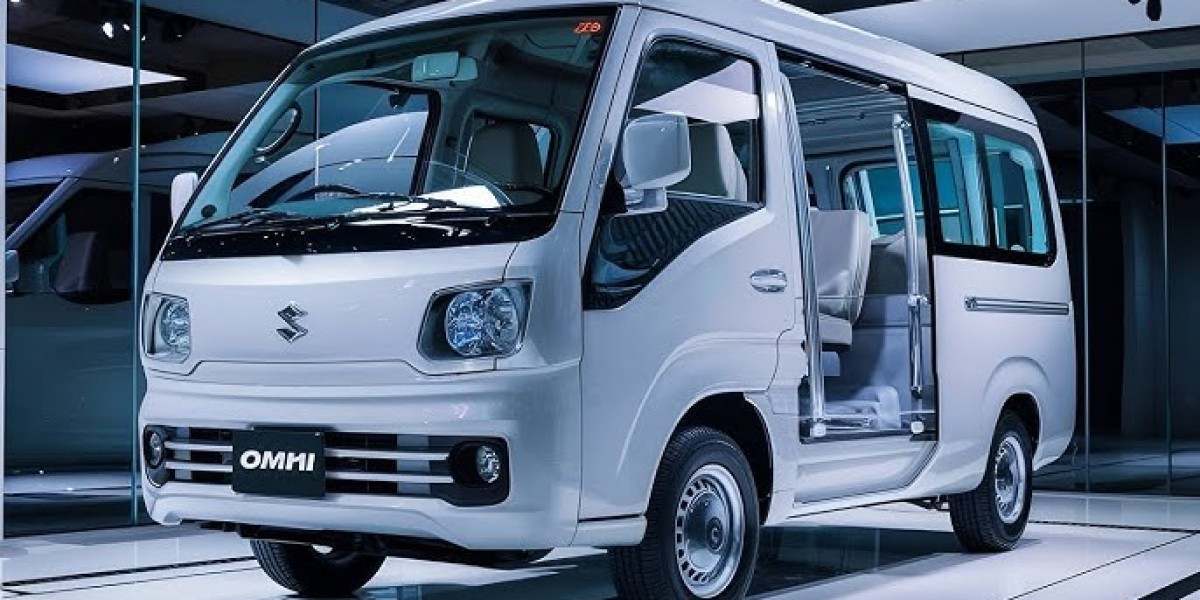The Maruti Suzuki Omni was introduced as the second vehicle in Maruti’s lineup, following the iconic Maruti 800. Powered by the same 796cc inline-three petrol engine, the Omni delivered a modest 34.7 PS and 59 Nm of torque, paired with a four-speed manual transmission. Its boxy design, inspired by the Suzuki Carry kei van, was utilitarian, prioritizing function over form. Measuring 3,370 mm in length, 1,475 mm in width, and 1,640 mm in height, with a ground clearance of 165 mm, it was compact yet spacious enough for urban and rural needs alike.

Over its 35-year run, the Omni saw minimal changes, with notable facelifts in 1998 and 2005. The 1998 update introduced squared headlamps and a slightly wider stance, while 2005 brought a refreshed dashboard, dual-tone upholstery, and new exterior colors like Pearl Blue Blaze Metallic, Silky Silver Metallic, and Superior White. Later variants included the Omni E (1996, 8-seater), Omni XL (1999, high-roof), and LPG and cargo versions to cater to diverse needs. Despite its simplicity, the Omni’s design remained largely unchanged, a testament to its timeless utility.
A Vehicle for Every Purpose
The Omni’s versatility was its greatest strength. Available in multiple configurations—5-seater, 8-seater, cargo, ambulance, and LPG—it served a wide range of roles. Families loved it for its ability to carry up to eight passengers or bulky luggage, making it a favorite for school runs and cross-country trips. Businesses utilized the cargo variant for inter-city deliveries, while the ambulance version, equipped with a stretcher stand, oxygen cylinder holder, and siren, saved countless lives in rural areas. Its sliding doors made loading and unloading effortless, and its compact size ensured easy navigation through crowded city streets.
The Omni’s affordability, with prices ranging from ₹1.99 lakh to ₹3.07 lakh (ex-showroom) at discontinuation, made it accessible to a broad audience. Its fuel efficiency, ranging from 10.9 to 19.7 kmpl depending on the variant and fuel type (petrol, LPG, or CNG), kept running costs low. Maintenance was equally budget-friendly, with annual costs estimated at ₹2,159–₹3,165, and spare parts remained widely available through Maruti’s extensive service network.
Cultural Impact and Nostalgia
The Omni wasn’t just a vehicle; it was a cultural icon. For many Indians, it evokes memories of school vans, family outings, or even its infamous (and often exaggerated) association with being a “kidnapper’s car” due to its ubiquitous presence and sliding doors. Its boxy silhouette became a familiar sight across India, from metropolitan cities to remote villages. With over 2 million units sold and monthly sales of 6,000–7,000 even in its final years, the Omni’s popularity was undeniable.
Owners praised its reliability and low maintenance. One user, reflecting on 20 years of ownership, described it as a “tin-can on wheels” that never failed, transporting everything from jackfruit to manure while fetching a good resale value even after 1.2 lakh km. Another group of colleagues who bought a used 2003 Omni for carpooling lauded its cost-effectiveness and durability, with service costs as low as ₹700 for routine maintenance.
The Omni’s charm lay in its no-nonsense approach. It lacked modern amenities like air conditioning or advanced safety features, but its simplicity was its strength. The interior, though basic, offered practical touches like cup holders, a lockable glove box, and booster-assisted front disc brakes in later models. For many, it was the perfect point-A-to-point-B vehicle, especially in urban settings where its small turning radius and easy parking were invaluable.
The Holy Shift Battle Van: A Unique Transformation
In 2020, India’s Holy Shift Garage showcased the Omni’s potential for reinvention by transforming a dilapidated unit into a post-apocalyptic “Battle Van.” Stripped to its bare shell, it received a new engine, transmission, suspension, and axles, along with Maxxis all-terrain tires, a roll cage, a roof rack with LED lights, and a matte gray finish. This one-off creation, featured on PowerDrift, turned the humble Omni into an off-road-ready beast, proving its versatility extended beyond practicality to creative expression.
Why the Omni Was Discontinued
Despite its popularity, the Omni was discontinued in April 2019 due to India’s updated Bharat New Vehicle Safety Assessment Program (BNVSAP) norms. The flat-front design lacked crumple zones, and retrofitting it with mandatory features like airbags, ABS, seatbelt reminders, and rear parking sensors was deemed too costly. Maruti Suzuki replaced it with the Eeco, a larger and more modern van, but many felt the Eeco lacked the Omni’s quirky charm.
Rumors of a 2025 Omni comeback surfaced, fueled by AI-generated images and social media posts, but Maruti Suzuki has not confirmed any plans. The Eeco’s strong sales and the high cost of redesigning the Omni to meet modern standards make a revival unlikely. Still, these rumors reflect the van’s enduring appeal.
Legacy and Alternatives
The Omni’s legacy is one of reliability, affordability, and adaptability. It was a pioneer in the high-roof van segment, serving as a people-mover, ambulance, and cargo carrier with unmatched dependability. For those seeking alternatives, the Maruti Suzuki Eeco offers similar functionality with more power and updated features, though it starts at a higher price point (₹3.55 lakh ex-showroom). Entry-level hatchbacks like the Maruti Alto 800 or Renault Kwid are viable options for those prioritizing affordability over seating capacity.
Conclusion
The Maruti Suzuki Omni was more than a vehicle; it was a symbol of India’s resourcefulness and resilience. For 35 years, it served families, businesses, and communities with unwavering reliability, proving that simplicity can be profound. While its production has ended, its legacy lives on in the memories of millions and the second-hand market, where well-maintained Omnis continue to find buyers. Whether as a school van, a family hauler, or a post-apocalyptic Battle Van, the Omni’s story is one of enduring utility and charm—a true Indian icon.






